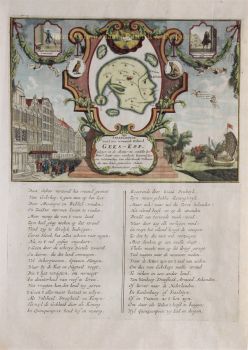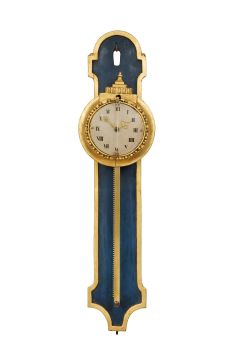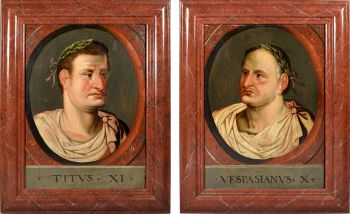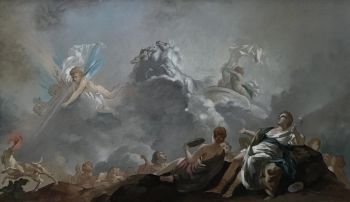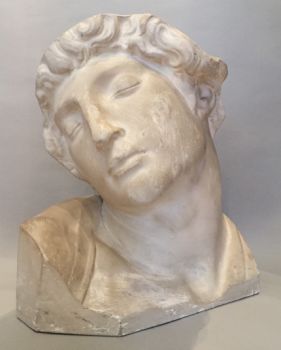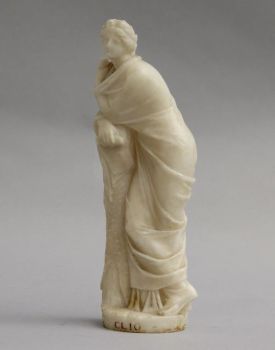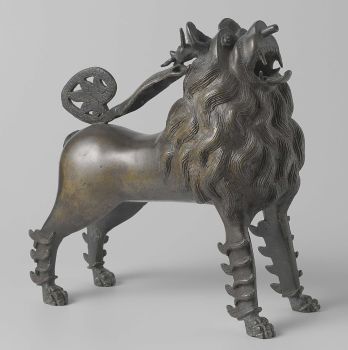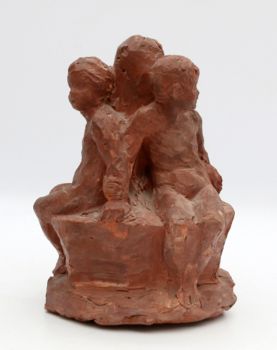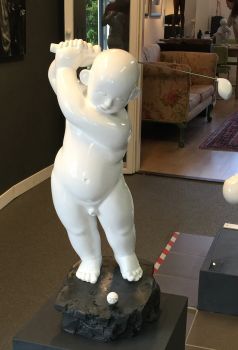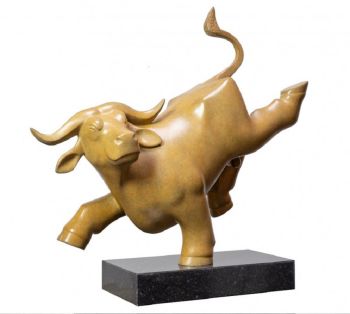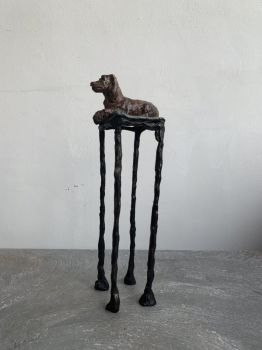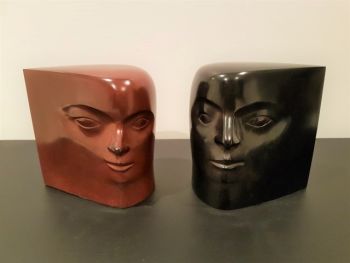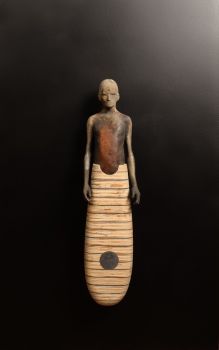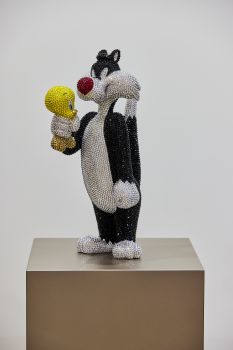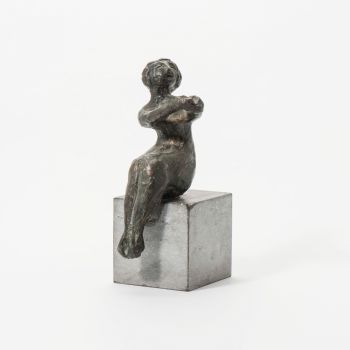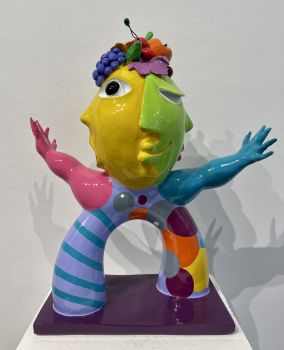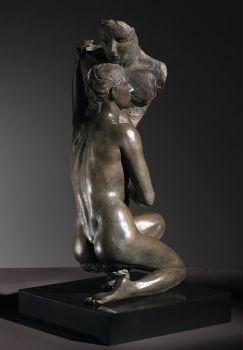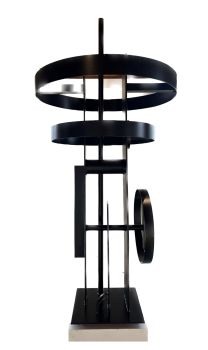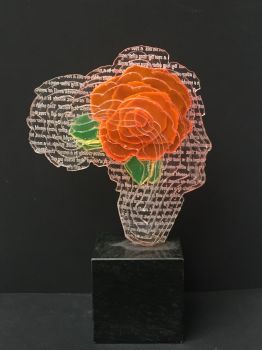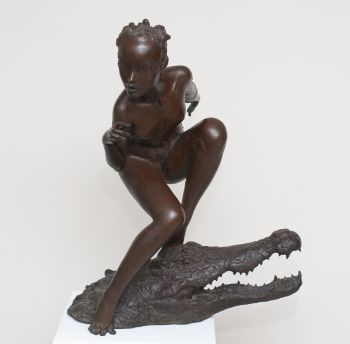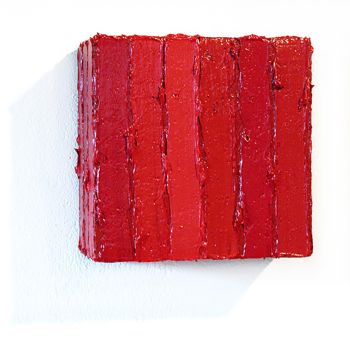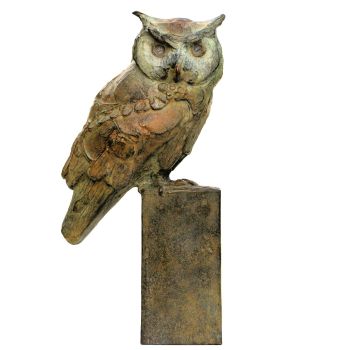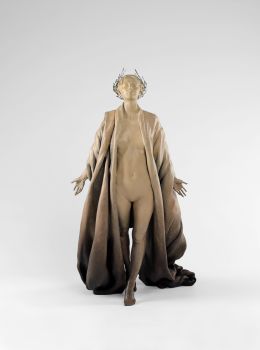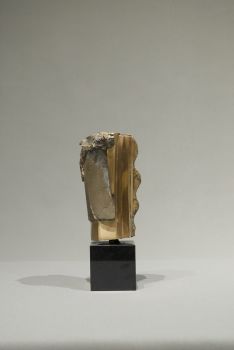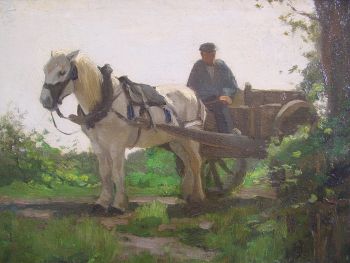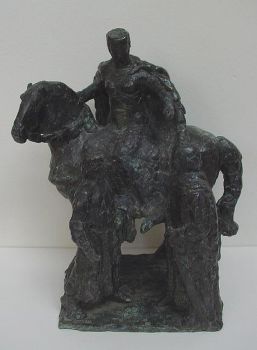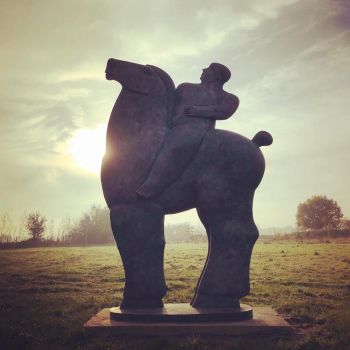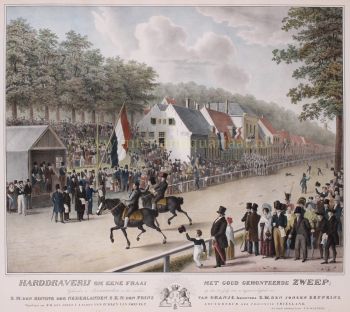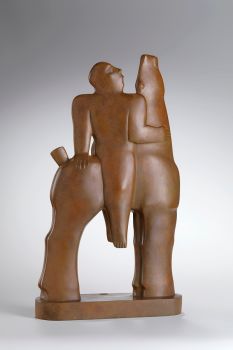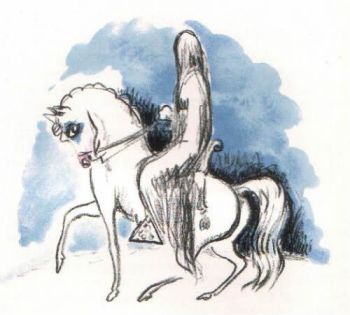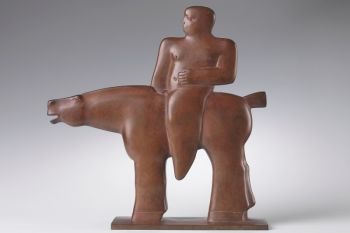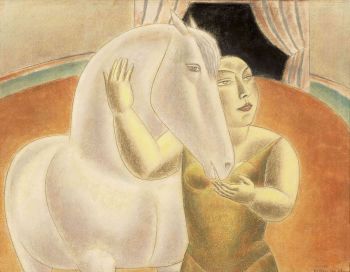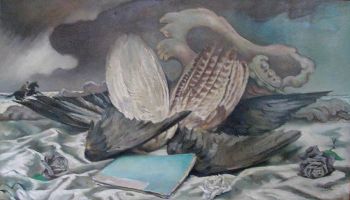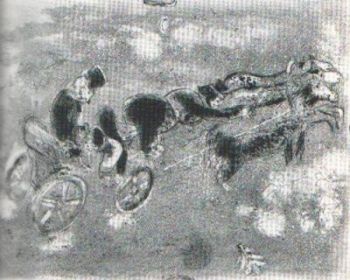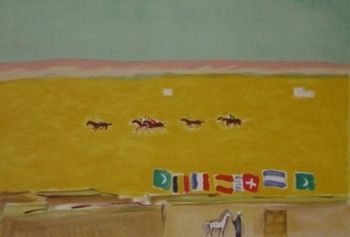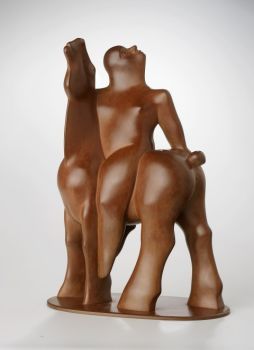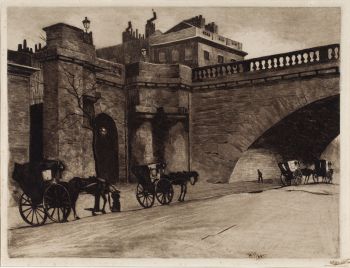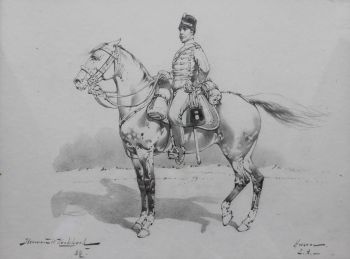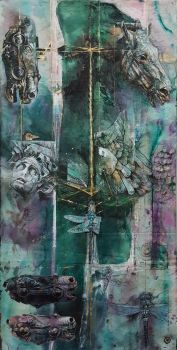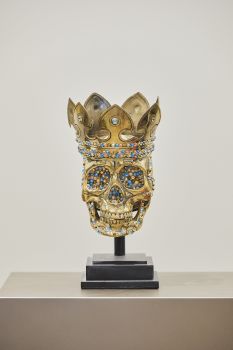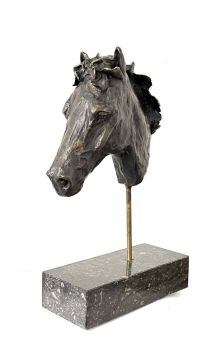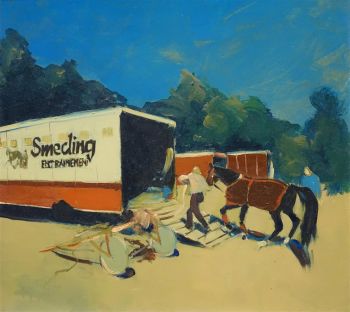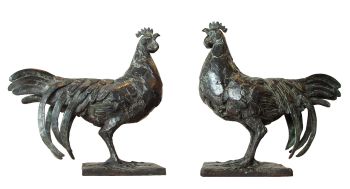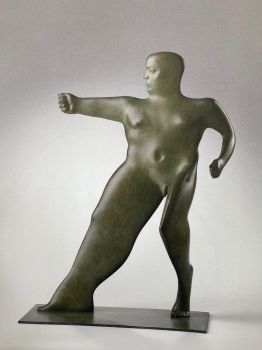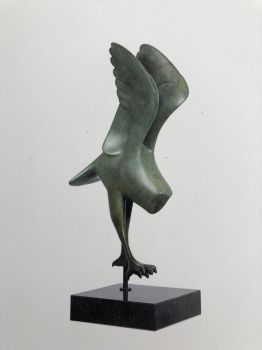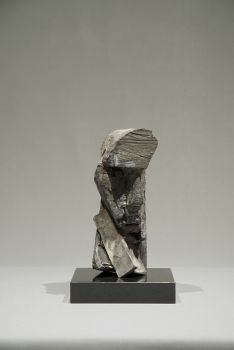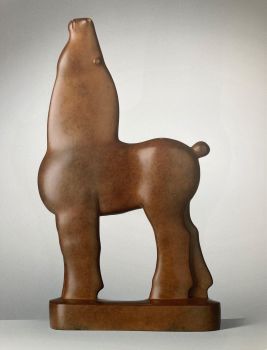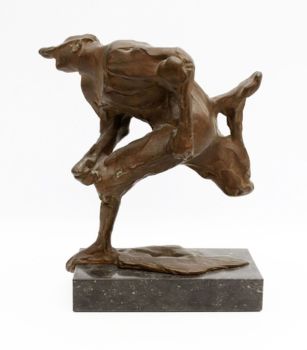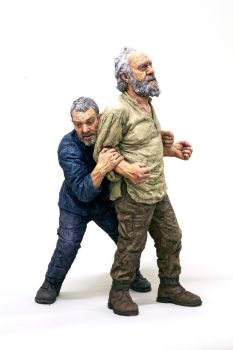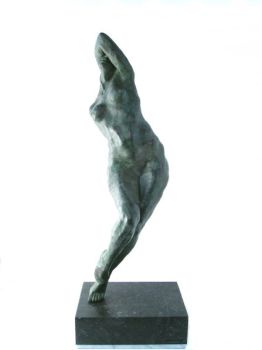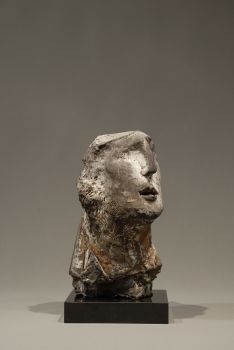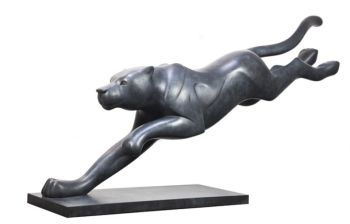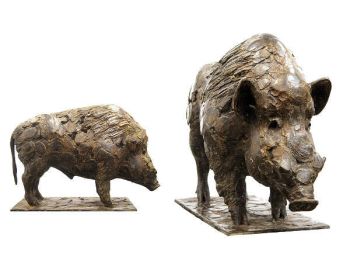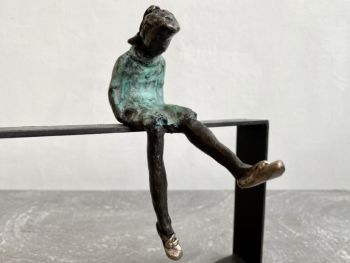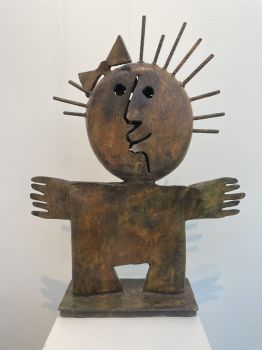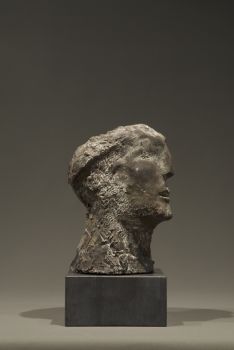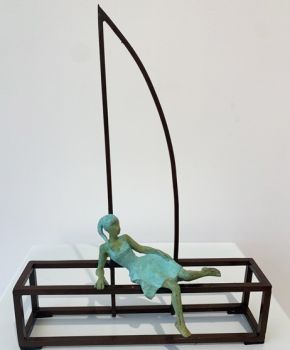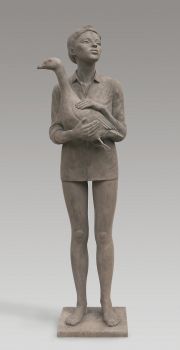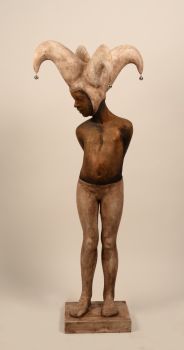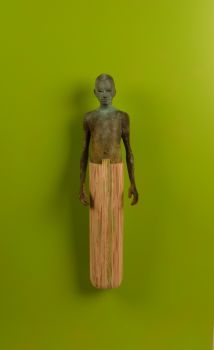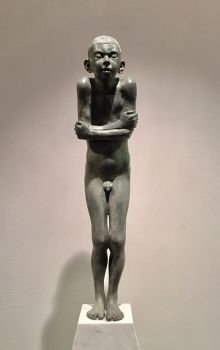Equestrian Statue of Louis XIV, after Martin van den Bogaert known as Desjardins 1729 - 1731
Artista Desconocido
BronceMetal
43 ⨯ 38 cm
Actualmente no disponible a través de Gallerease
- Sobre la obra de arteThe image of the mounted sovereign dates back from antiquity, with Marcus Aurelius as prime example. It was seen as the most dignified and superior representation of power. Once Louis XIV had reached the pinnacle of his glory in 1685, a program was set up to spread the image of this power to every nook and cranny of the French realm. A great number of monuments were erected as proof of honour and loyalty to Louis le Grand. For this purpose ten squares, the so called ‘Places Royal’, were created to accommodate the huge equestrian statues. In 1688 such a statue was commissioned to Martin van den Bogaert for the Place Bellecour in Lyon.
Just like the immense equestrian statues from the hand of François Girardon and others,in Paris, Aix en Provence and other cities, this statue did not survive the French revolution.
Martin van den Bogaert was born in Breda in 1637 and was trained as a painter in Antwerp. Soon he moved to Paris where he gallicized his name and became a sculptor. He died in Paris in 1694, but his fame stretched way passed his demise, because of the demand for the smaller version of statue throughout Europe. The model was also modified (another head) to be issued as le Grand Dauphin and Maximilian II of Bavaria.
The importance of the equestrian statue of Louis XIV was thought to be so enormous, that Diderot used it in his Encyclopédie to clarify the art of bronze casting. This statue after Desjardin is part of the most important collections in the world, like the collection of the Queen of England, the Wallace collection in London, the Metropolitan Museum in New York and the Louvre.
This statue of Louis XIV after Martin Desjardins is cast around 1730. - Sobre el artista
Puede suceder que un artista o creador sea desconocido.
Algunas obras no deben determinarse por quién está hecho o por (un grupo de) artesanos. Algunos ejemplos son estatuas de la Antigüedad, muebles, espejos o firmas que no son claras o legibles, pero también algunas obras no están firmadas en absoluto.
También puedes encontrar la siguiente descripción:
•"Atribuido a …." En su opinión, probablemente una obra del artista, al menos en parte.
•“Estudio de….” o “Taller de” En su opinión, una obra ejecutada en el estudio o taller del artista, posiblemente bajo su supervisión
•“Círculo de…” En su opinión, una obra del período del artista que muestra su influencia, estrechamente asociado con el artista pero no necesariamente su alumno.
•"Estilo de …." o “Seguidor de…”. En su opinión, una obra ejecutada al estilo del artista pero no necesariamente por un alumno; puede ser contemporáneo o casi contemporáneo
•"Manera de …." En su opinión una obra al estilo del artista pero de fecha posterior
•"Después …." En su opinión, una copia (de cualquier fecha) de una obra del artista
•“Firmado…”, “Fechado…” o “Inscrito” En su opinión, la obra ha sido firmada/fechada/inscrita por el artista. La adición de un signo de interrogación indica un elemento de duda.
•“Con firma…”, “Con fecha…”, “Con inscripción…” o “Lleva firma/fecha/inscripción” en su opinión la firma/fecha/inscripción ha sido añadida por alguien que no es el artista
Artwork details
Related artworks
Artista Desconocido
A large Japanese Imari porcelain 'VOC Groningen' dish1800 - 1925
Precio a consultarZebregs & Röell - Fine Art - Antiques
1 - 4 / 12Artista Desconocido
A pair of angels Antwerp, 17th century, Carrara marble17th century
Precio a consultarFrederik Muller
Johannes van Dreght
Antique Dutch still life flowers in vase1740 - 1800
Precio a consultarGallerease Selected
 curada por
curada porDanny Bree
 curada por
curada porDanny Bree
1 - 4 / 24- 1 - 4 / 24
Willem Witsen
Waiting carriages in front of Waterloo Bridge1850 - 1900
Precio a consultarKunsthandel Pygmalion
1 - 4 / 24- 1 - 4 / 24











